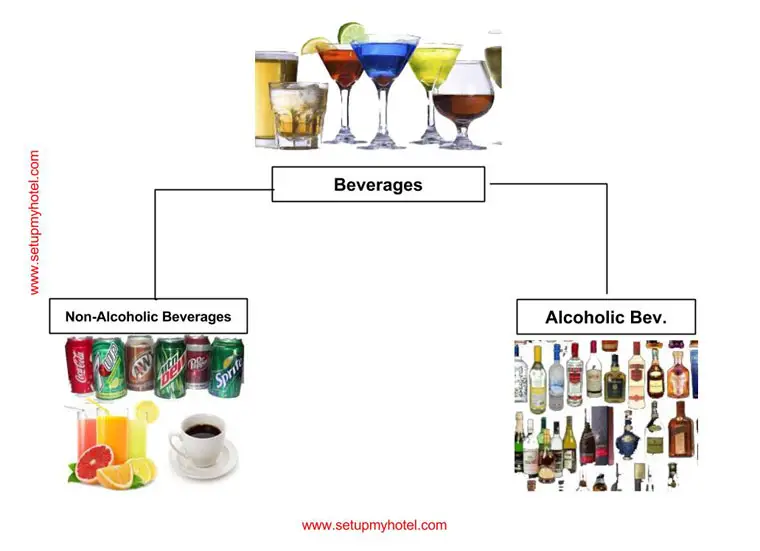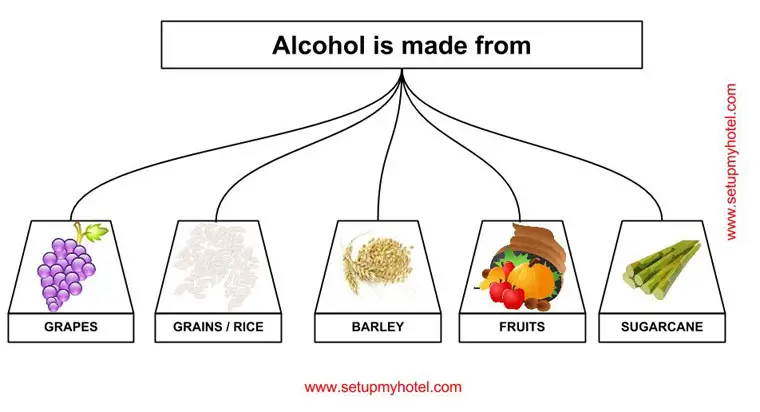Different Types Of Beer Or Beer Terms

Different Types of Beer or Beer Terms Beer which has the lowest alcoholic content is made from fermented grains and ...
Read more
Tips For Suggesting And Selling Wine In Restaurants

Tips for Suggesting and Selling Wine in Restaurants Presenting the wine list to the guest: Taking the wine order Presenting ...
Read more
Classification Of Beverages Or Types Of Beverages

What are beverages or Classification of Beverages? ‘Beverages’ is a drink other than water; an explanation in a commercial context. ...
Read more
Order Taking And Serving Desserts & After Dinner Drinks

Order Taking and Serving Desserts & After Dinner Drinks After a satisfying meal, it’s time to indulge in desserts and ...
Read more
Tips For Serving Bottled Beer And Draft Beer

Tips for Serving Bottled Beer and Draft Beer in Restaurants and Bars To provide a good beer service the server/staff ...
Read more














